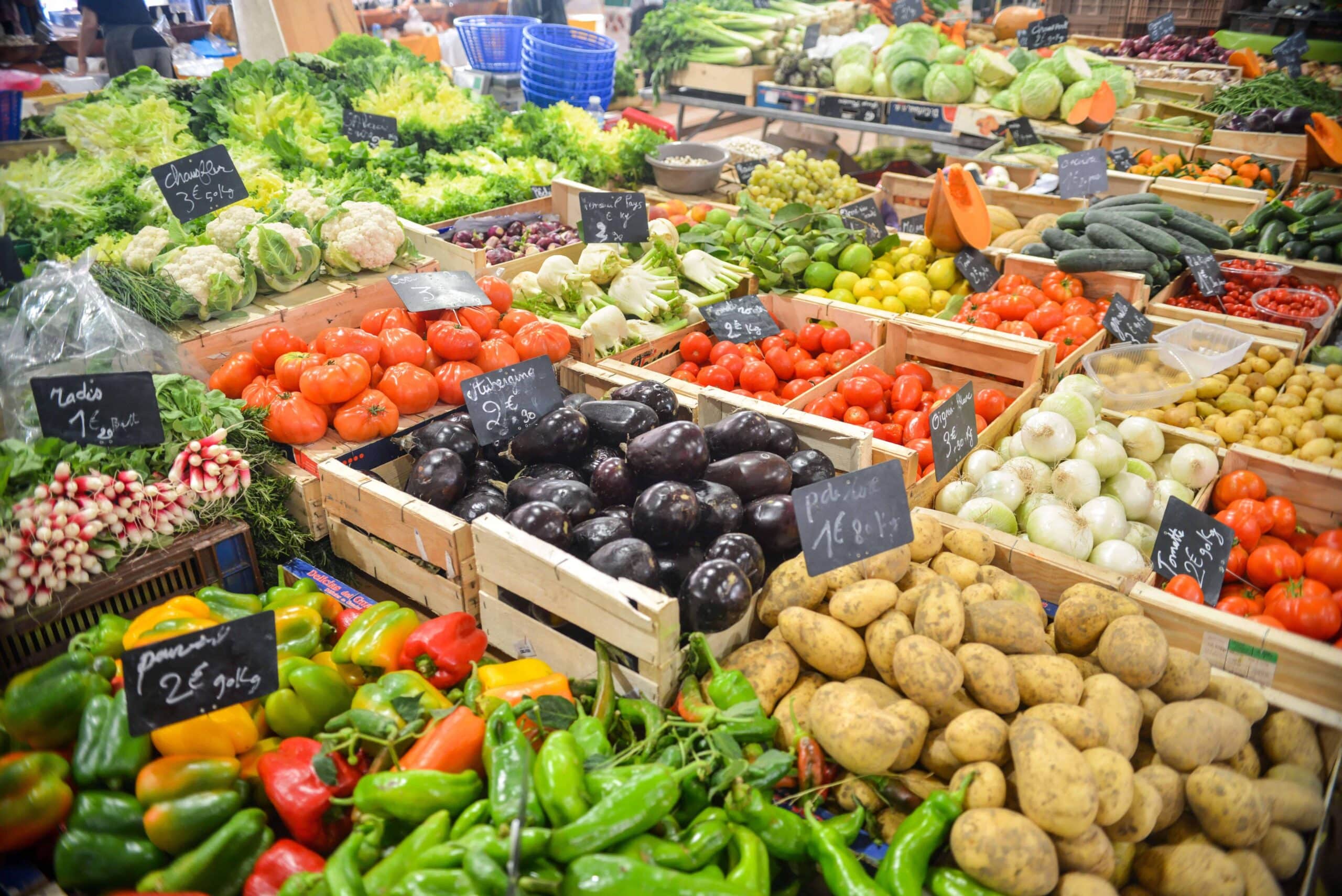Did you know that over 400 grocery stores opened last year in 2018, bringing the total US store count to over 65,700 total grocery units? Grocery is the backbone to the retail world of the consumer and continues to have more and more players entering the space every year. This sector is ever changing and will continue to evolve entering a new era of platforms and offerings by the individual grocery brands. Given the so-called “barbell effect”, consumers appear to be abandoning the middle ground and either preferring high end luxury or discount grocery. With the incorporation of the many different offerings to include delivery services such as “Instacart” and “Shipt” as well as curbside pickup options for the shopper, the traditional grocery format is morphing to include more convenience solutions and experimental retail as they work hard and compete to retain and grow market share.
You must engage the customer! Grocery brands have learned that convenience is key, and it is mandatory to win over shoppers by providing excellent customer service, product offerings and value to create a raving fan in the consumer. With the growth of e-commerce, the brick and mortar store remains extremely important to both shopping and distribution. The new aged consumer has changed in their ways! The old days of going weekly shopping, filling up an entire cart and having a house full of groceries is not as common, especially for millennials. With new technology and the busy lives people tend to live coupled with change of lifestyle, consumers are showing a pattern of making smaller, more frequent trips to the grocery store and using more online ordering and food delivery services. High-quality, grocery-anchored shopping centers in well located markets continue to be the investment of choice. These assets draw customers to the center for daily service needs and have proven to be more internet resilient than other investments within retail. In 2018, over 92 grocery-anchored shopping centers sold within the state of Florida.








About The Author: Jeff Dervech
More posts by Jeff Dervech